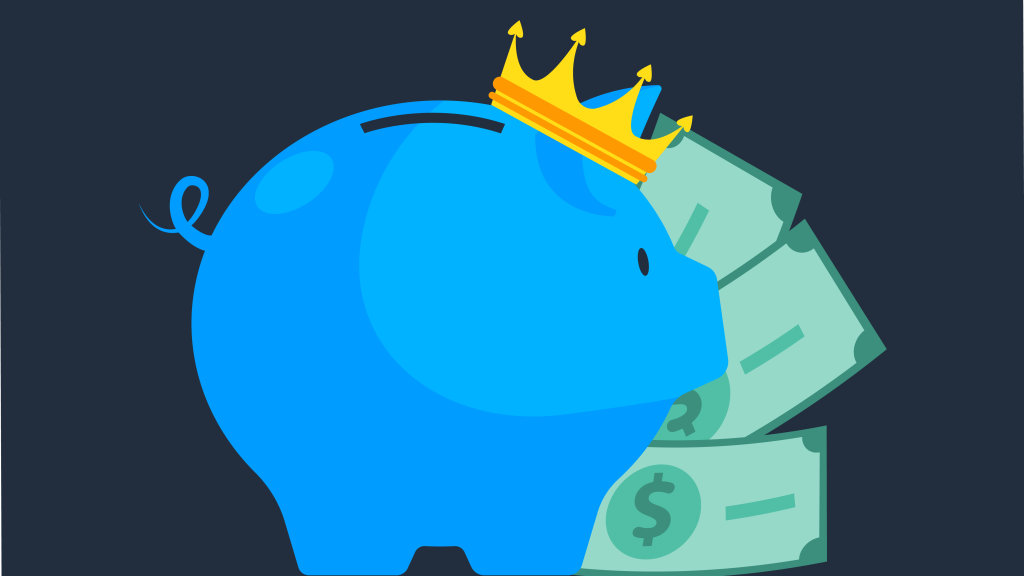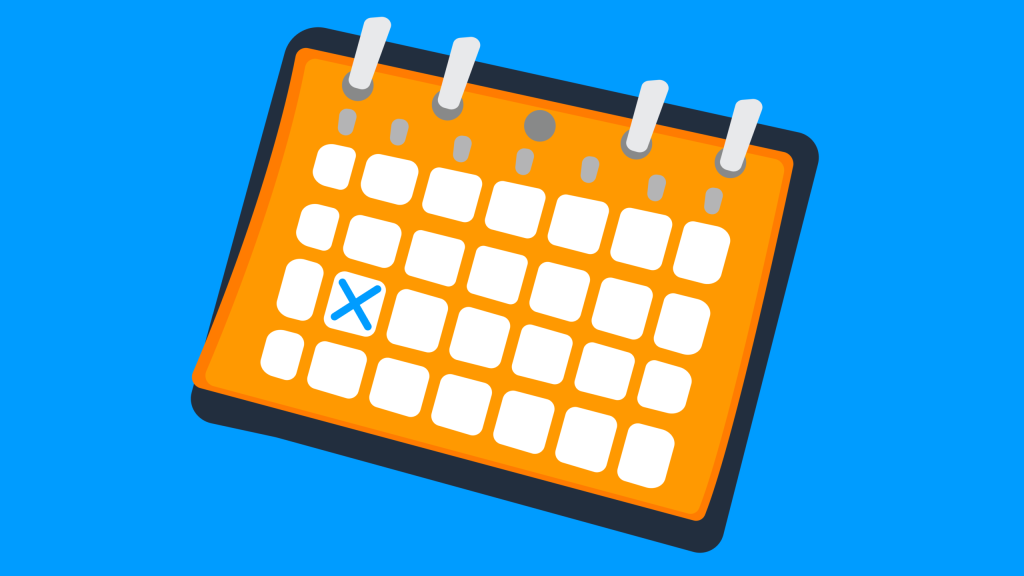
Should I buy (fill-in-the-blank course)?
If you are anything like me, you have asked yourself this question a few times. While we have created an incredibly successful course with The Wholesale Formula, we still personally invest in learning and take lots of courses we believe will help us in our own entrepreneurial journey. I personally don’t believe the need for learning ever goes away, particularly in evolving markets like Amazon.
The changes make it exciting, but also make it necessary to continue to learn. That being said, we have taken a lot of courses between myself and Eric, and have bought even more for our team members. Needless to say, we are huge proponents of learning.
So, how do you know if a course is right for you?
That I really can’t answer (as a lot of this depends on your personality), but I can tell you the process we use to determine if a course is right for us.
1) Will I use this course?
While this seems like a pretty easy question, I think it has the most bearing on your success. I believe the number one reason for failure in ANY course is due to not taking action. That applies to us as well. In the past, we have bought courses and not taken action on them.
As you would expect, we didn’t reach our desired results.
Is that the fault of the course? No. It was our fault for not taking action. So, now we ask ourselves this question. If I spend this money, will I take action? If the answer is yes, we will proceed with the following questions.
At the end of the day, buying a course doesn’t help you. Using the information in a course to shortcut your learning curve certainly can, we just have to make sure that we are prepared to do that.
2) Can I afford this course?
Simple enough, right?
I think this goes a bit deeper. It’s not just about the money for the course. The course has its fee, but enacting the business model also usually requires capital. Beyond the price of the course, do we have the appropriate amount of capital to make it work?
For example: with wholesale, we suggest people have a minimum of $2000-$4000 in available capital before starting a wholesale-based business.
If you can’t afford a course, it’s not going to be a good fit. No matter how hard you work, if you don’t have access to the required capital to make it work, you won’t see success with the program.
3) Who teaches the course? Are they active in the industry?
This matters a lot. If the person selling the course is active in their industry it says a couple of things:
- They believe in what they are teaching.
- Their strategies are more likely to be up-to-date and effective.
For example: in our case, the strategies we offer in The Wholesale Formula course are the exact same strategies we use in our business. This means our TWF folks are the beneficiaries of the awesome new and fresh strategies that we test live in our business.
4) Are these people getting the results that I want?
I believe that this is important. In general, we are positive people. When we do things, we assume that we will be successful. With that mindset, the most important question is, when I succeed is this what I want to be doing?
I think there is more to it than making money. Does this business model provide the lifestyle that you want?
Our goal in this step is simply to make sure the result actually aligns with what we want.
5) Does the course have a refund policy?
A refund policy serves multiple purposes!
- It shows they have confidence that their product will work.
- It gives people an easy exit strategy.
Let’s face it, some things just don’t fit. That happens to everyone on occasion. With our course, we have a generous thirty-day no-questions-asked refund policy. This was important for us because we realized that our course and model isn’t for everyone. Our goal isn’t simply to get more clients, but to help as many clients as possible actually succeed, so we wanted a refund policy that shared that philosophy.
We have NEVER turned down a refund request inside of our 30-day period. Not once.
This is one of the things that I immediately check for when looking at a course for myself. The aspects that I care about are:
- Is the refund policy clear?
- Does the refund policy give me time to see if the product fits my goals?
- Are there contingencies to the refund policy?
Those criteria are all important for an encompassing refund policy. I never want to feel like I am in a position where I might not get a refund if the product doesn’t align like I imagined. Instead, I want a clear policy that is easy and gives me a chance to see if I understand the model and it makes sense.
6) What type of testimonials do they have?
I believe it to be critically important you see that people are taking the class and are succeeding with the material. Testimonials show a lot about a course. You get to hear others’ experiences and, even more importantly, you get to see that people feel strongly enough to leave a testimonial.
The alternative is that you are looking at a new product. We have taken a few first-time products with great success, but they were advertised as such. If it is a course that has been established before, I certainly want to see some testimonials.
7) Does the course present the material in multiple ways?
I am generally a video person, but with complex concepts, I love to be able to read through the material or see some graphic examples. When we are considering a course, it’s important to us that the material is presented in multiple fashions to make sure that I am most likely to learn the material.
I realize that some of you may not care about all of the things mentioned here, and that is perfectly okay. My goal with this article is to help you learn to make the best decisions possible for your business, by sharing the methodology that we use in our own.





